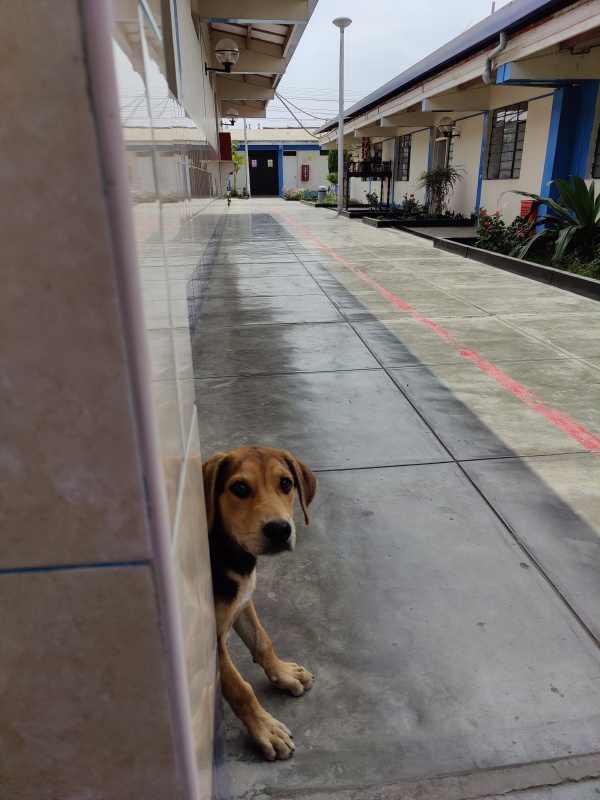til kus

I completed an international rotation in Trujillo, Peru, through the Medical Electives Network. The rotation was eight weeks — the duration of blocks 9 and 10 — and I received four weeks of credit. I was interested in pursuing an experience in Central or South America in order to improve my medical Spanish, and I decided on this program after reviewing past experiences on Drexel's International Health Electives webpage. This program was particularly interesting to me because it incorporated hospital care and health clinics alongside formal medical Spanish courses.
Every day I had clinical experiences at a hospital in one of Peru’s major health insurance networks, Essalud, where I was able to interview patients and perform physical exams alongside an attending physician. My experiences were mostly with an outpatient family medicine doctor, but I also spent some time in the Emergency Medicine, General Pediatricss, Developmental Pedatrics, and Integrative Medicine Departments.
Once a week participants of this program participated in free health clinics at various community sites, including within the city’s prison, where we were able to complete medical visits in Spanish under the supervision of Peruvian physicians. Every afternoon I had medical Spanish classes, including lectures and interactive case studies. Finally, on the weekends, I was able to travel to various parts of Peru including the Andes and the Amazon rainforest, the latter where I took a medicinal plant course.
This program was important for my career development in a variety of ways. I am entering pediatrics and am interested in primary care, particularly primary care for under-resourced communities. Also, since starting my career in medicine, I have realized the importance of knowing Spanish as a health care professional in the United States. Ultimately, I gained many important personal and professional skills during this program that will be critical in reaching my goals of learning medical Spanish and providing holistic primary care to underserved communities.

Back to Top